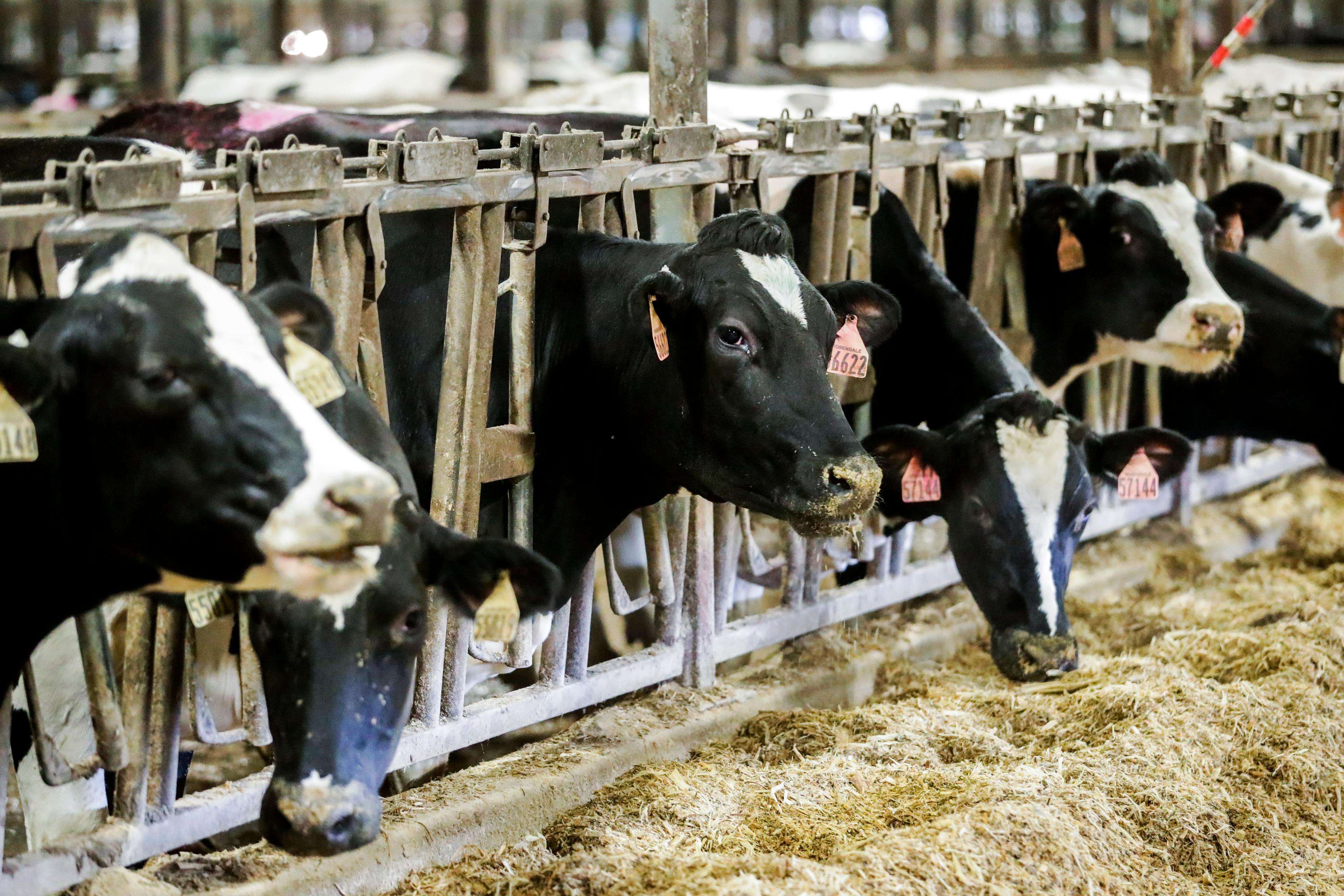
A new report on last month's cluster of human H5 avian flu cases in Colorado urges U.S. public health agencies to be ready to respond to cases in agricultural workers who often have limited access to health care.
About a month ago, health agencies reported nine cases of the virus in infected farm workers in northeast Colorado, where they were euthanizing millions of infected birds on two poultry farms to prevent further spread. Six of the cases came from one operation; three were from another. That was on top of an additional case detected in a dairy worker earlier in July.
The Morbidity and Mortality Weekly Report (MMWR) from the federal Centers for Disease Control and Prevention, which is widely read in the public health world, focused on that group of farm workers. It was the first known cluster of human influenza A, also known as H5, cases in the U.S. associated with exposure at a poultry operation.
Public health workers, with the Colorado Department of Public Health and Environment, screened 663 workers who were culling the birds. Of that, 109 reported mild symptoms like conjunctivitis — pink eye. Nine tested positive for the H5 avian flu and 19 tested positive for COVID-19. Those who tested positive for the H5 avian flu were treated with oseltamivir, a medication used to treat flu-like symptoms.
The report said the cases highlight the risk to people in close contact with infected animals. It urges using multi-lingual teams to test and screen workers, many for whom English is not their first or best language.
As the prevalence of the virus increases, the report stated, U.S. public health agencies should prepare to “rapidly investigate and respond to illness in agricultural workers, including workers with limited access to health care.”
Readiness efforts should include both poultry and dairy farms, the report said. Distributing and wearing PPE, personal protective equipment like masks, gloves and head covers, is key. It added that public health agencies should acquire oseltamivir and develop standard protocols for its use.
The report also highlights the importance of responding in a culturally relevant way, to include “the cultural and language needs of the agricultural workforce.”
It advocates what’s called a “One Health approach,” making a broad, holistic effort that “takes into consideration human, animal, and environmental health is also required for a timely and coordinated response, including collaboration with industry, labor, and regulatory agriculture partners.”








